You can create as many build configurations using different yaml files and also with continuous integration
4. Select the branch and the path where the yaml file is, then continue: Note: If it's not shown make sure your file has .yml
extension

5. Finally click RUN.
Note: After creating the pipeline this way, it will have continuous
integration activated, but if you still want to have manual building
follow the next:
Select your build and then Triggers:

And then disable continuous integration:

Or even easier, just add triger: none to your yaml file.
Details please refer answer in this link: Multiple YAML build pipelines in Azure DevOps
If your multiple definitions are similar, you could use Template types & usage in YAML pipeline.
- Templates let you define reusable content, logic, and parameters.
Templates function in two ways. You can insert reusable content with
a template or you can use a template to control what is allowed in a
pipeline.
- If a template is used to include content, it functions like an
include directive in many programming languages. Content from one
file is inserted into another file. When a template controls what is
allowed in a pipeline, the template defines logic that another file
must follow.


